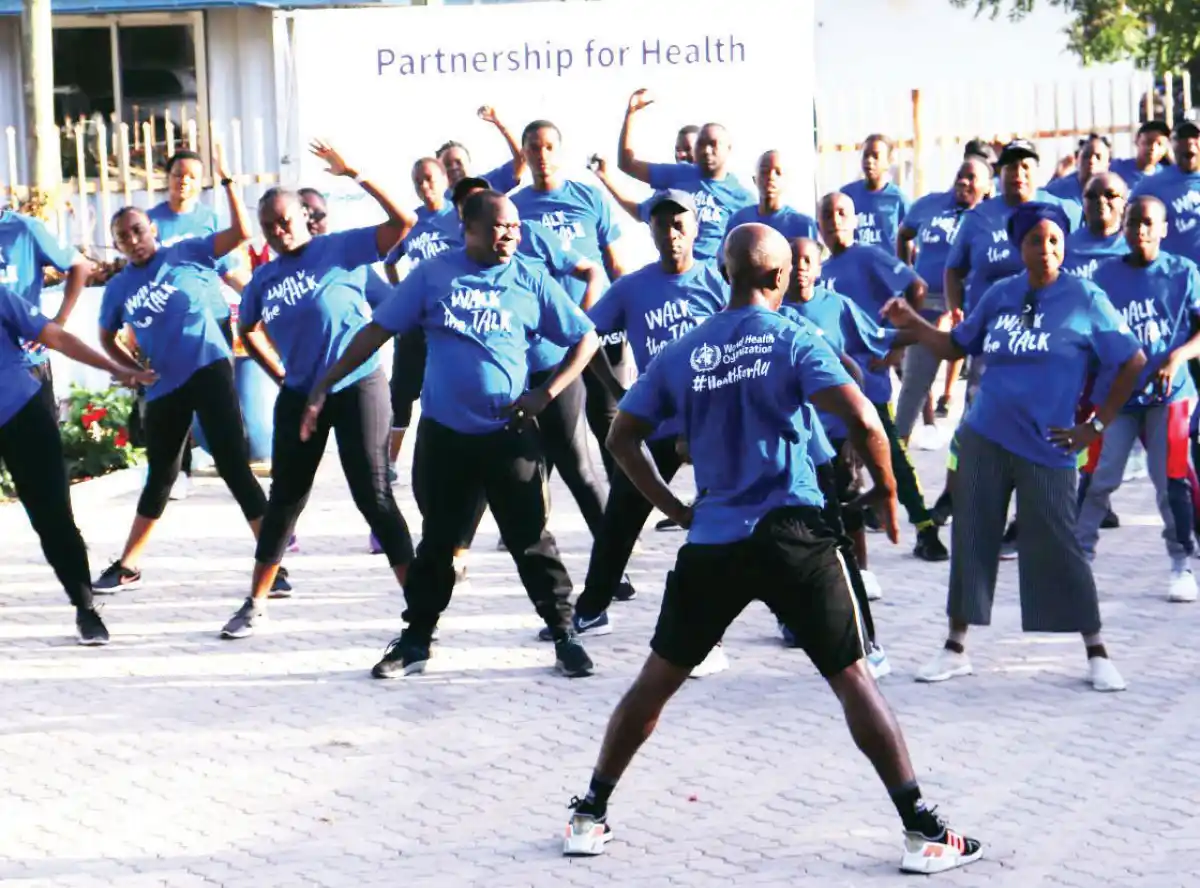
New data show that nearly one third (31 percent) of adults worldwide, approximately 1.8 billion people, did not meet the recommended levels of physical activity in 2022.
Health experts say the findings point to a worrying trend of physical inactivity among adults, which increased by about five percentage points between 2010 and 2022.
The World Health Organisation (WHO) warns that if the trend continues, levels of inactivity are projected to further rise to 35 percent by 2030 with the world being currently off track from meeting the global target to reduce physical inactivity by the end of the decade.
WHO recommends that adults have 150 minutes of moderate-intensity, or 75 minutes of vigorous-intensity physical activity, or equivalent, per week.
It says physical inactivity puts adults at greater risk of cardiovascular diseases such as heart attacks and strokes, type 2 diabetes, dementia and cancers such as breast and colon.
The study was undertaken by researchers from WHO together with academic colleagues and published in The Lancet Global Health journal.
“These new findings highlight a lost opportunity to reduce cancer and heart disease, and improve mental health and well-being through increased physical activity,” WHO Director-General Tedros Adhanom Ghebreyesus said.
The study also found that disparities remain between gender and age and that physical inactivity is still more common among women globally compared with men.
“Physical inactivity is a silent threat to global health, contributing significantly to the burden of chronic diseases,” Director of Health Promotion at WHO, Rüdiger Krech, said.
The health agency states that despite the worrying results, there are some signs of improvement in some countries.
The study showed that almost half of the world’s countries have made some improvements over the past decade and 22 countries were identified as likely to reach the global target of reducing inactivity by 15 percent by 2030, if their trend continues at the same pace.
Meanwhile, WHO has called on countries to strengthen their policy implementation to promote and enable physical activity through grassroots and community sport and active recreation and transport, among other measures.







0 Comments